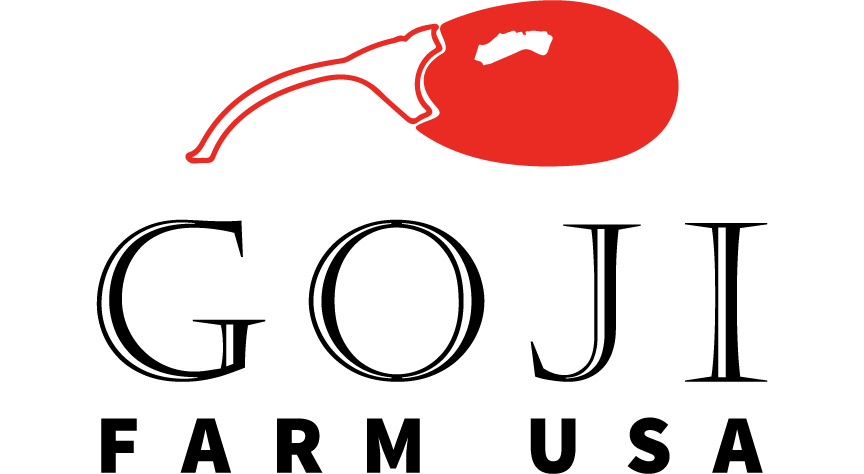DRIVEN BY INNOVATIVE WELL-BEING
Goji Farm USA is the brainchild of Tibor Fischl of Santa Rosa, CA. The journey that produced Goji Farms USA begins right here in Northern California, with Fischl working as an electrical contractor within renewable energy industry since 1999. Through his direct work engineering and installing large scale solar energy projects for the San Francisco International Airport and the US Department of Energy at Lawrence Livermore National Laboratories, Fischl laid the groundwork for what was later to become the innovative agricultural infrastructure used to produce high yield super food crops at Goji Farms USA.
During 2003, Fischl's solar energy work at Lawrence Livermore National Laboratories attracted the attention of the United States Department of Energy, subsequently resulting in a design/installation award to Fischl for the project in 2004. During several return visits to the USDOE in Washington, D.C., Fischl had the opportunity of meeting advisors on key topics surrounding the concerns of water resources and protection, energy and of projected agricultural yields over time.
Driven by the vision of creating innovative, efficient organic farming to address the unsettling global food shortage forecasts, Fischl began his search for the ideal crop with which to introduce his ideas to the agricultural world. This star would perform within the Sonoma County seasonal weather patterns while providing a compelling nutrient profile. After careful research, Fischl elected Lycium Barbarum, or the Goji berry (aka Wolf berry) to develop and prove his integrative model for food production.
GOJI IN AMERICA
Fischl’s search for stateside-grown Goji plants led him to a man in Utah and a fascinating bit of American history. The late Dr. Donald Daugs was hunting deer in the sinks of Dove Creek, Utah in the fall of 2004 when he noticed some red berries he recognized as Goji. How they came to grow in this area was a mystery, so Daugs dug a little deeper.
Just south of the ranch was the location of one of the largest Chinese worker camps, used to house the migrants who built the West Coast Transcontinental Railroad. The proximity of the Sinks of Dove Creek's Goji orchard to the railroad housing camp suggests that the Goji plants discovered by Dr. Donald Daugs were likely the descendants of Goji seed/plants brought from China and grown by railroad workers in the mid 18th century.
DNA analysis of the Utah Goji discovered an origin of Ningxia, China. Fischl purchased 644 hardy Goji plants from Dr. Daug's Goji nursery in Utah and returned to Sonoma County to start Goji Farm USA in 2013. Now, these original plants from Utah have found their home in the Sonoma's Valley of the Moon, where they provide cuttings to grow additional plants. Although not easily cultivated, Goji Farm USA vegetatively propagates their vigorous and hearty Goji trees.
NOVAVINE PARTNERSHIP
The search for the ideal farm site for Goji Farm USA ended in a partnership with Jay Jensen, CEO of Novavine in Santa Rosa. Novavine, famous for their high-end specialty grape vine grafting and propagation methods, is an established specialty greenhouse growing operation. Jensen, CEO of Novavine, was intrigued with Fischl's innovative work and found a partnership practical, as grapevine grafting is seasonal and allows him to utilize resources and down-time for experimenting in the alternate-season cycle. Jensen is open about the learning curve, noting that they continue to actively experiment to figure out the best way to grow and manage the plants.
Tending to the needs of a healthy Goji tree is a journey in itself. The plants develop thorns, nutrient rich leaves and equally nutritious, delicate berries. The Goji trees need to be coaxed gently throughout the season, and at harvest time, there is a gentle art to picking their fruit.
In China, Goji typically grow to six feet and are pruned back to a permanent woody structure. At Goji Farm USA, we are experimenting with the best yield and propagation ratio and tend to our Goji appropriately. Several methods are currently being employed at the farm to determine the best strategy as we move ahead.
